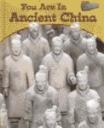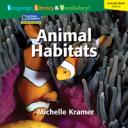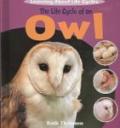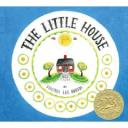Have you ever wondered what it would have been like to live in Ancient China? In this book You Are In Ancient China, you will travel back to the time of the Han Dynasty” “You will travel through the town and countryside, learning what it was like to live in ancient China.” Students can study topics such as food and drink, children in China, and Chinese art. A glossary of terms, Facts For Ancient China, and “Find Out For Yourself” sections are also included for student reference. Wonderful photographs and illustrations will help bring the ancient civilization to life for students!
Curriculum Connections
This book could be used to introduce Ancient China to students. . It would teach them how the contributions of ancient China have influenced the present world (SOL History 2.1). The book would be most appropriate for grade level 2. Curriculum connections could be made in the subjects of art, science, reading, and writing.
Additional Resources
This website contains many summary and notes pages for students to use as they study ancient China. Also includes many excellent lesson plans and activities for teachers!
Coloring pages of a map of China and the Chinese flag.
A fun activity for kids, this site contains instructions for making a Chinese Dragon Puppet!
Book: You Are In Ancient China
Author: Ivan Minnis
Publisher: Raintree
Publication Date: 2005
Pages: 32 pages
Grade Range:2
ISBN: 1-4109-0619-1











